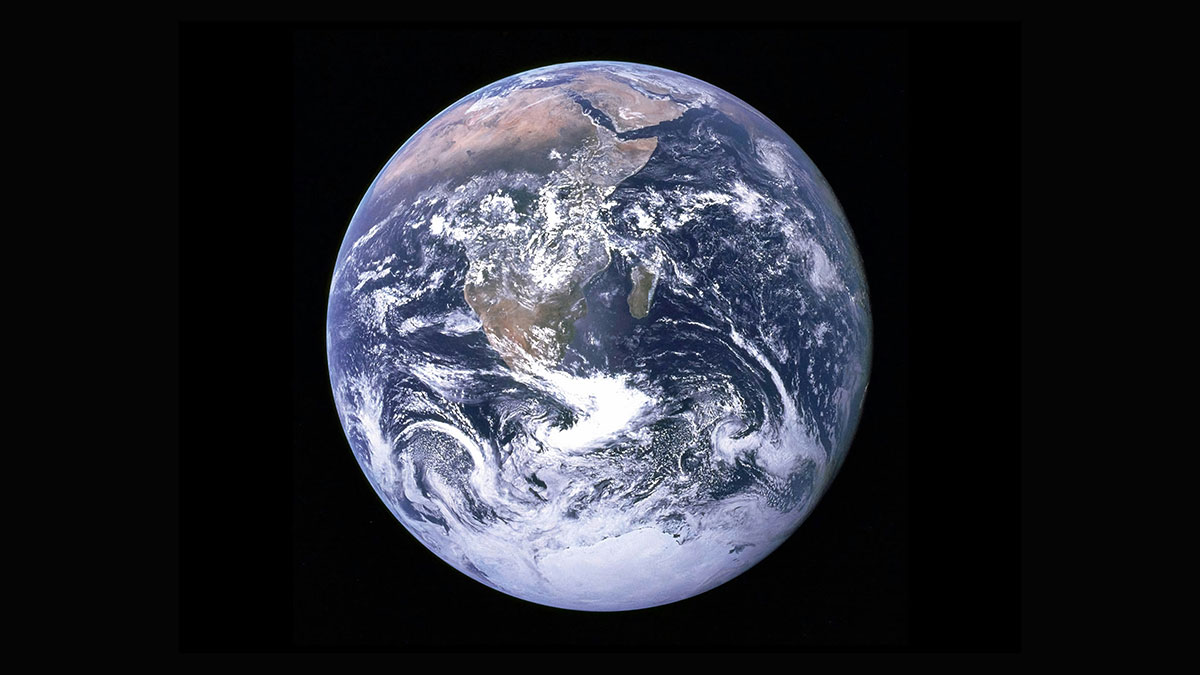Tourism opens doors to new cultures and new experiences, but it also boosts the economies of countries that are tourist destinations… theoretically at least. Indeed, those countries that receive a large number of tourists are often, and at the same time, also emit tourists. In other words, just as they bring in foreign currencies through tourist spending in the country, they also export them when their own citizens travel to other countries. Whilst the figures that usually make the headlines are those that refer to total revenue, or the gross contribution of tourism to Gross Domestic Product (GDP), we want to take stock here and offer a new perspective – as far as the available data allow – so that you have a more realistic idea of the issue. Let’s look at the revenue data first:
The giants and those who follow: who leads the world in tourism?
With the 2023 data, the United States consolidated its position as the tourism market with the greatest economic impact in the world, with tourism contributing approximately €2.18 trillion to its GDP – the equivalent of the total GDP of Italy, Mexico and Turkey combined – followed closely by China with €1.2 trillion (which, incidentally, saw its revenue decline by €420 billion compared to 2019). It should be noted that, in these cases, the data include both domestic tourism, in other words, that of nationals, and external tourism, in other words,. the contribution of international tourists.
For its part, tourism in Europe is as diverse as its countries. Germany, France, Italy and Spain – in that order – are among the countries where tourism accounts for the most significant share of the economy. Germany, with its fairytale castles, and France, with the Eiffel Tower as its flagship, compete for the lead in this respect. However, it is Spain that takes the lead in relative terms: tourism accounts for 12.3% of its GDP, demonstrating the vitality of a model based on sun and sand, culture and gastronomy.
The United States is followed in the rest of the Americas by tourism-dependent economies such as Mexico (8.6% of its GDP or €120 billion) and Brazil (7.7%, €153 billion). Meanwhile, in Asia, where Japan (7.1%, or €260 billion) and India (6.5%, or €214 billion) – in that order – follow China, destinations such as Thailand (with around 10.4% of tourism’s contribution to its GDP, or €49.55 billion) or Saudi Arabia (€109.7 billion, or around 11% of its economy) stand out, thanks to strategic investments. In Africa, Morocco (7.3% or €9.7 billion) and Egypt (8%, or €31.5 billion) are poles of attraction, while Oceania revolves around Australia (2.9% of its GDP, or €154.6 billion), whose model integrates nature and urban tourism.
The double game of tourism: when the countries that receive tourists also send them
As we said, it is somewhat paradoxical that the same countries that top the lists as the most dynamic tourist destinations are often also the ones that contribute the most travellers to international tourism. The United States, China, Germany and France not only receive millions of visitors, but their citizens are the most active tourists on the planet. This raises a question that has not yet received sufficient attention: what is the outcome of the world’s tourism balance sheets?
In 2023, the reference year for this research, 98.5 million US tourists spent around €146 billion worldwide. By contrast, foreign tourists – which obviously does not include domestic tourists – spent a total of €143 billion in the country. That would give a deficit in its tourism balance of €3 billion, which is not much, almost a balance with respect to the overall figures for its tourism sector.

China, on the other hand, as the world’s largest tourist source – and according to reports from its government and the World Tourism Organisation – received some 30.5 million international tourists in 2023, who spent just over €42 billion in the country; in contrast, between 90 and 100 million Chinese tourists, according to different sources, visited the world’s tourist destinations, where they spent some €138 billion. The obvious deficit in China’s tourism balance would be €96 billion.
Spain, on the other hand, presents a positive balance for the same reference year, 2023: while it received 85 million tourists, who spent around €92 billion, its residents only spent €25 billion abroad. As we have said, the positive balance of the tourism balance in this case would be around €67 billion. France, as the world’s leading tourist destination, also had a positive balance in 2023: it welcomed 89.8 million foreign tourists, who spent €68.4 billion in the country; in contrast, it sent out 45 million travellers, who spent €48.1 billion on their trips. The French balance: €20.3 billion positive. Italy, for its part, and according to the data we have observed, would also have a positive tourism balance of around €15 billion.
The future: sustainable and rational tourism
The challenge now is to balance the bottom line with sustainability. Cities such as Barcelona, Venice and others that represent hugely popular tourist destinations are currently striving to regulate tourism rationally by levying tourist and environmental taxes or limiting access to their historic centres. On the other hand, countries such as Costa Rica, Ecuador, Peru, Chile, Colombia, Brazil and Bolivia in South America; Rwanda, Kenya, Namibia, Botswana, Tanzania, South Africa and Ethiopia in Africa; Bhutan, Nepal, Sri Lanka, Indonesia, Maldives and others in Asia; and New Zealand, Fiji, Cook Islands, Palau, Samoa and Vanuatu in Oceania have made ecology their best tourist attraction. Not in vain – and according to the latest Booking.com survey – “75% of global travellers say that they want to travel more sustainably over the next 12 months”.
Finally, we leave you with a methodological comment: we have followed, as far as possible, the data provided by Statista, which extensively covers, according to its own definition, “the direct, indirect and induced impact of travel and tourism”.
Sources: Statista 1, Statista 2, Statista 3, Statista 4, Instituto Nacional de Estadística, World Travel and Tourism Council 1, World Travel and Tourism Council 2, World Travel and Tourism Council 3, TravelPerk, UN Tourism 1, UN Tourism 2, Learn Tourism, Australian Trade and Investment Commission, The Rio Times, Booking.com.






